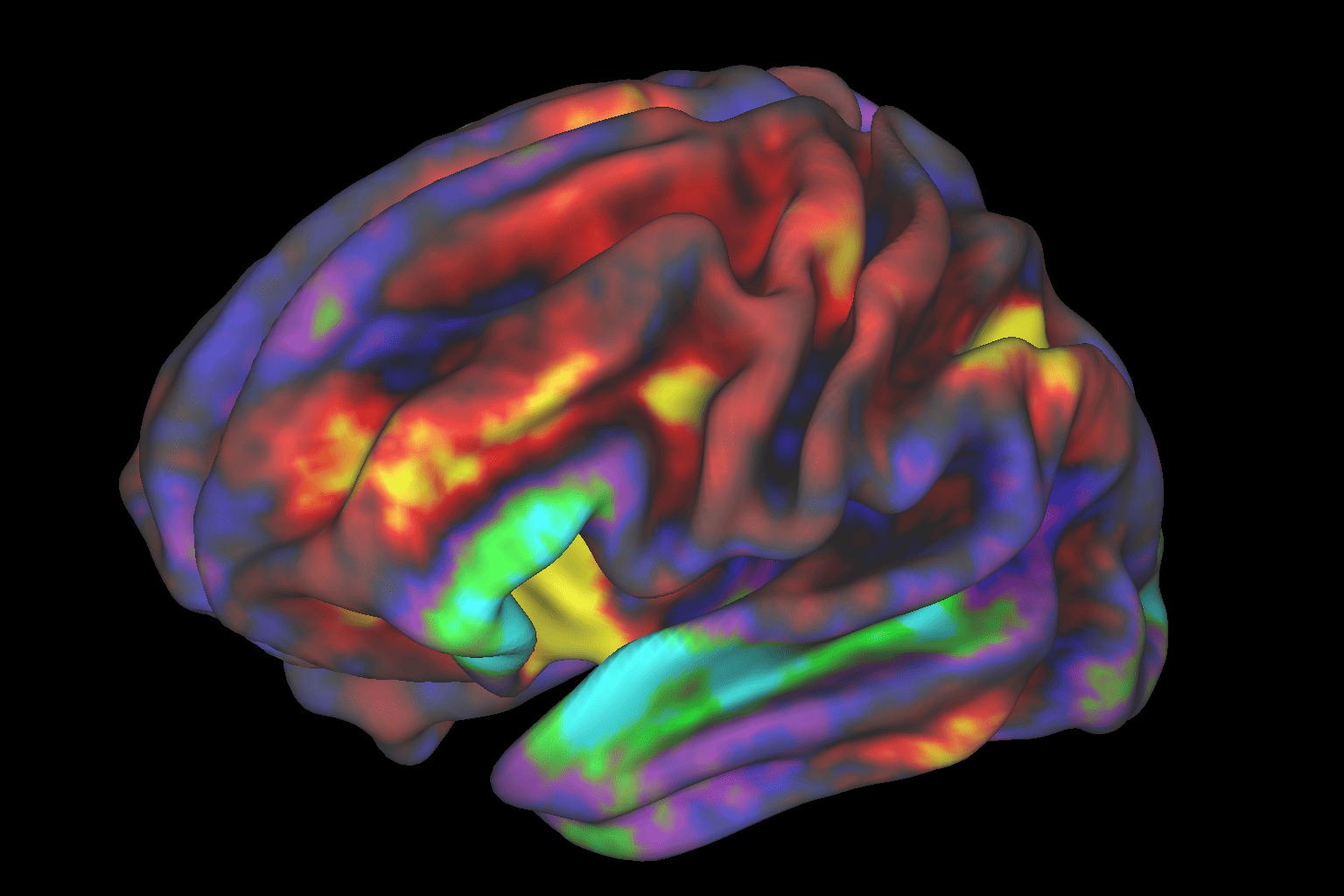
Every year, about a thousand patients in Belgium are diagnosed with glioblastoma, an aggressive brain tumor. Standard treatment starts, if possible, with surgical removal, followed by a combination of radiation and chemotherapy. Because brain tumors are made up of many types of cancer cells, the chance of relapse is high and survival very low, despite possible treatments. Consequently, the need is very high for effective therapies that kill off all cancer cells so that patients can be completely cured.
Due to the large number of different cell types in brain tumors, all of which respond differently to treatment, many patients relapse. A new diagnostic test, developed by KU Leuven, indicates from a biopsy whether therapy can attack all tumor cells present. This allows each patient to determine which therapy is effective in advance, preventing unnecessary treatments from being initiated, the university said in a press release.
Previous clinical studies
“In the past, several new glioblastoma therapies were tested, but because only a small number of patients benefited from the treatment, clinical trials were not continued, or there was no possibility of integration into the treatment regimen,” said Professor Frederik De Smet of the Department of Imaging & Pathology at KU Leuven. “However, the patients who did respond well to therapy could be helped.”
Therefore, the researchers developed a new method to determine the most optimal therapy for each patient using a few tumor cells from the patient obtained through a biopsy. They do this by briefly keeping the brain cells in the laboratory and testing different treatment options. “A small number of cells that survive the treatment is already enough to grow a tumor again. Our method allows us to easily examine the effect of a drug on all cell types present in that patient, allowing us to determine which specific therapy is appropriate for a particular patient,” explained Professor De Smet.
Fighting brain tumors with an implant and electrical stimulation Many types of cancer have become increasingly treatable. Unfortunately, that is not the case for brain cancer.

Central European test hub
The model was developed for two previously tested treatments and based on experimental animal models. “Before we can use the test in human patients, further clinical studies in the hospital are needed to validate our test,” said Professor De Smet. “We are also preparing our test with 15 other possible therapies and testing whether this method can also be applied to brain tumors in children.”
It often takes a very long time before new treatments are used in the hospital because, after positive results in the laboratory, they still have to go through several clinical phases. “The great advantage of our approach is that we do not develop new treatments but reuse existing ones. Previous clinical trials have shown that they are safe for patient administration. So once our diagnostic test is in place, therapies can quickly find their way back to the hospital,” said Professor De Smet.
Although, due to cost and unique expertise, conducting these experiments in only some hospitals will be possible. “What makes our method unique is the fact that the heterogeneity of brain tumors can be taken into account. Because not every hospital has the right equipment, we want to eventually work with one central European testing hub that can examine the different samples and provide treatment advice to doctors on site.”









